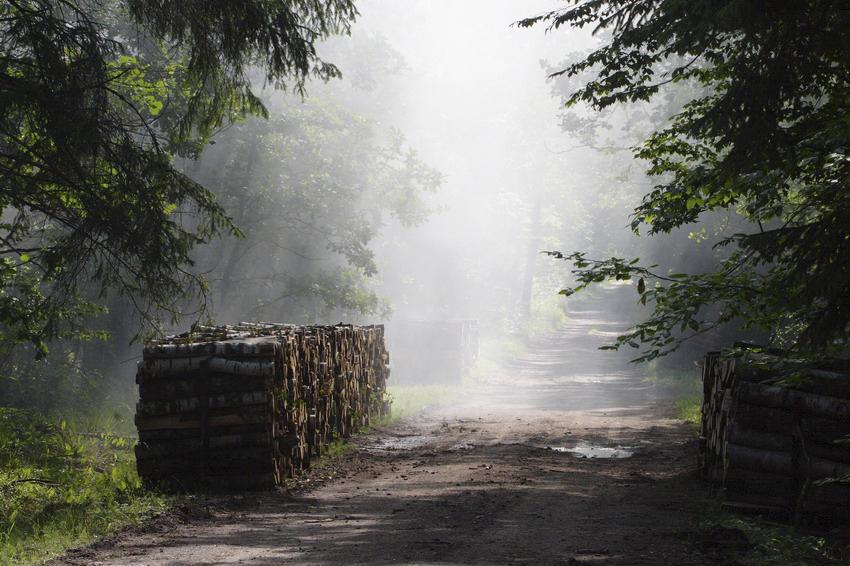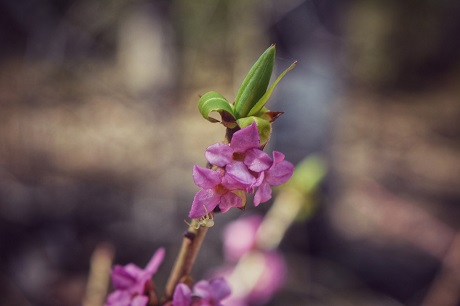 Asset Publisher
Asset Publisher
The State Forests National Forest Holding
The State Forests National Forest Holding is the largest organisation in the European Union managing forests, which belong to the State Treasury and celebrating its 90 anniversary this year.
Presently, we manage the area of one third of Poland's territory. Not long after the end of the Second World War, there was only 21 % of the area. Every year we plant 500 million of new trees, as we want Polish forests grow all the time.
Every year Polish foresters plant 500 million of trees.
85 % of nature reserves in Poland are located within the State Forests. 40 % of the forests managed by General Directorate of the State Forests are protected within the framework of European network Natura 2000. We fight against many threats: natural disasters, plaques of insects, trees' diseases, fires, pollutions, as well as poaching and vandalism.
We take care the forestry supplying the market with timber, as ecological and universal material, to be carried on in accordance with rules of balanced development (photography P.Fabjański).
One of our major tasks is making forests accessible to the society. We invite you to take advantage of these beautifully located within the forest wilderness holiday resorts, forester's lodges or guest rooms. That is for you, we create thousand kilometres of hiking trails, cycling paths or camping sites. All the above mentioned, you can find in service www.czaswlas.pl.
We also take care the forestry supplying the market with timber, as ecological and universal material, to be carried on in accordance with rules of balanced development. We obtain over 30 million of cubic meters of wood annually, twice as much as at the beginning of the nineties of the XX century.
Despite of this, the average of wood abundance per hectare of our forests is one fourth bigger than 20 years ago and 40% bigger than the average of European Union currently amounts.
In Poland in sectors connected with the forestry, there work about 375 thousand of people. It means that each 40 working Pole works in the forest.
In Poland in sectors connected with the forestry, there work about 375 thousand of people. It means that each 40 working Pole works in the forest. The sector of wood processing works out approximately 8 % of our GDP (Gross Domestic Product). Among others, thanks to the timber from the State Forests Poland is the 10 largest producer of furniture in the world, and the 4 largest furniture exporter.
The State Forests employ 25 thousand people. That way we are the 9 biggest employer in Poland. Among the largest companies in our country it takes 22 place in respect of its incomes and 11 place in respect of its profits. The value of assets, we manage, reaches 300 million zl. If we add social values, it will be worth one billion zlotych. We do not use money from the budget, but we earn money on our own to support the business. In spite of the financial crisis, since 2002, we continuously note down profits. Moreover, we pay taxes amounting 1,3 billion zl annually.
87 % of Poles think, the foresters are competent. We willingly share our knowledge of Polish forests, of their history and of nature values with the others. We publish books, periodicals, brochures; we also administer the website www.lasy.gov.pl . For children, the youth and teachers, we prepared internet service "E-lynx' Lynx Forest" (www.erys.pl). Our staff has supported schools in field of nature education for years. We also organise many actions to let people broaden their knowledge about forest, nature and ecology.
 Asset Publisher
Asset Publisher
Kwitnący wawrzynek
Kwitnący wawrzynek
W lasach Nadleśnictwa Syców (Leśnictwo Komorów) zaobserwować można pierwsze oznaki przedwiośnia.
Charakterystyczną rośliną kwitnącą wczesną wiosną jest krzew z rodziny wawrzynkowatych - wawrzynek wilczełyko (Daphne mezereum). Kwitnie on wczesną wiosną przed rozwojem liści. Kwiaty koloru różowego wyróżniają się znacząco w szarym, wczesnowiosennym lesie.
Roślinę można spotkać w całej Polsce, przede wszystkim w cienistych, wilgotnych lasach liściastych i mieszanych, rzadziej zaroślach. Wawrzynek wilczełyko to jeden z dwóch występujących w Polsce gatunków wawrzynków. Objęty jest ochroną gatunkową, która ma zapobiec zrywaniu gałązek na bukiety. Obok leszczyny jest to najwcześniej kwitnący rodzimy krzew.
Nazwa daphne to starogrecka i starorzymska nazwa wawrzynu Laurus nobilis L. przeniesiona na wawrzynki, ze względu na podobieństwo zimozielonego Daphne laureola L. do lauru. Nazwa pochodzi z mitologii greckiej, według której górska nimfa Dafne uciekała przed zalotami boga Apolla. Wreszcie poprosiła o pomoc Matkę Ziemię. Ta zlitowała się nad nią i zamieniła ją w krzew wawrzynka. Nazwa "wilczełyko" wywodzi się od właściwości kory. Zawarta w niej trucizna po zetknięciu z ludzką skórą wywołuje obrzęki, pęcherze, owrzodzenia, a czasami nawet martwicę.
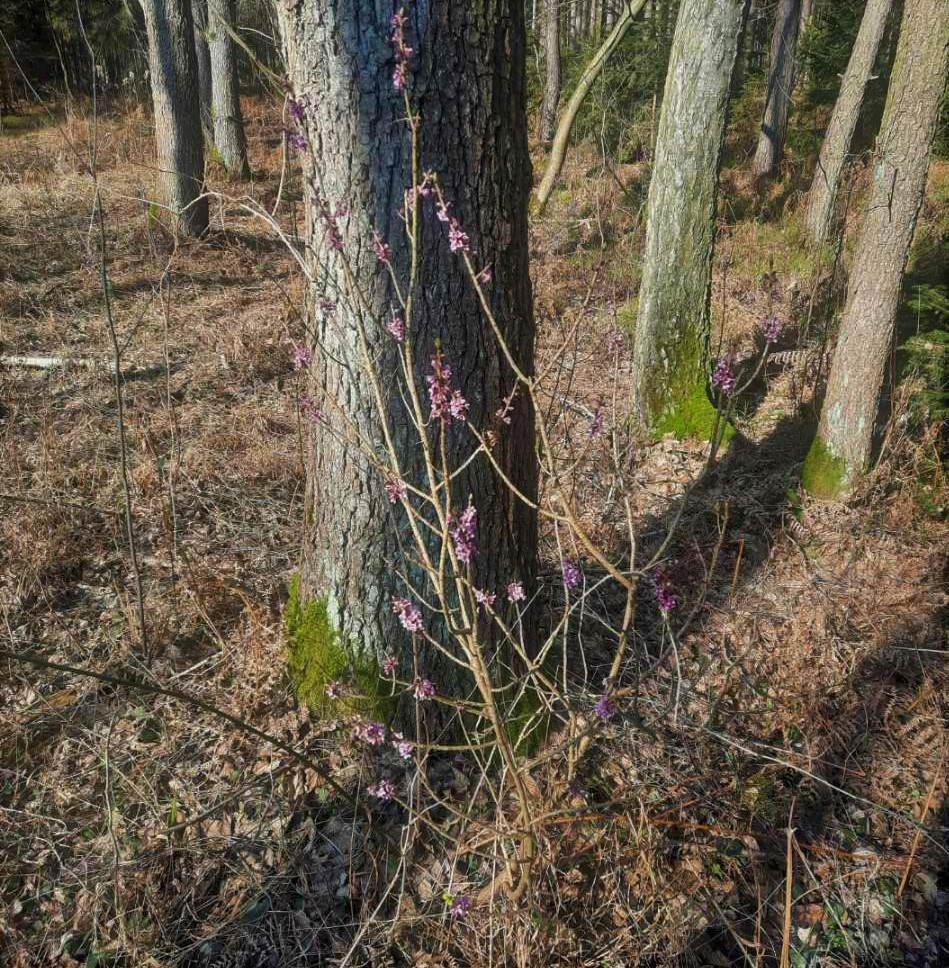
Krzew zwykle osiąga 1-1,5(2) m wysokości. Rośnie bardzo wolno i posiada wyprostowane, grube ale elastyczne, lśniące, nagie pędy w górze ulistnione. Jest luźno ugałęziony. Młode pędy pokryte są korą w żółto-brunatnym kolorze z delikatnymi domacjami (włoskami).
Cała roślina jest silnie trująca – zwłaszcza owoce i świeża kora.. O ile wawrzynek jest trujący dla ludzi i innych ssaków, o tyle zupełnie nie szkodzi owadom i ptakom.
Należy do roślin nektarodajnych. Kwiaty pojawiają się wczesną wiosną. Ich intensywny zapach jest bardzo przyjemny, kojarzy się z hiacyntami. Mają kielichowaty kształt i około 12 mm średnicy. Gęsto oblepiają górną część pędów, najczęściej skupione po 2–3 sztuki w pęczku. Owocem jest mięsisty nieco owalny pestkowiec – niewielki, lśniący, jasnoczerwony, rzadziej żółty o średnicy około 8–10 mm skupiony na gałązkach poniżej liści.


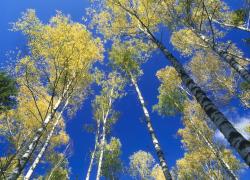 fot. Paweł Fabijański
fot. Paweł Fabijański
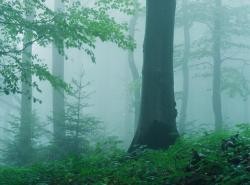 fot. Paweł Fabijański
fot. Paweł Fabijański
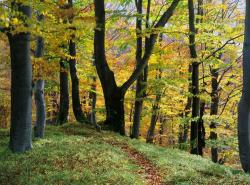 fot. Paweł Fabijański
fot. Paweł Fabijański
